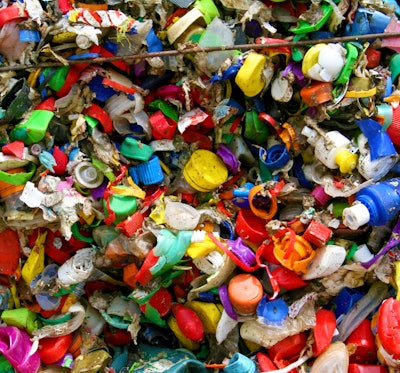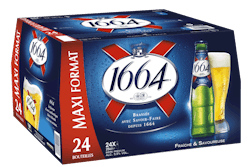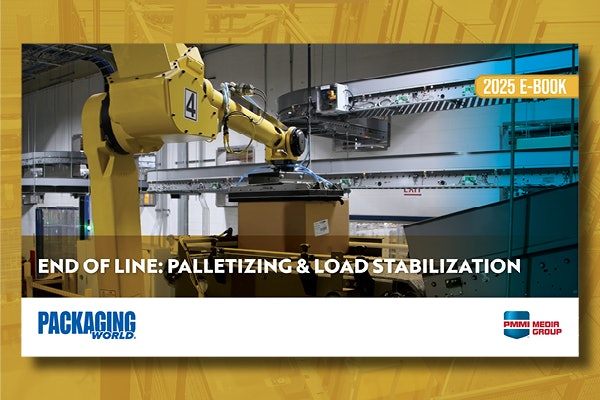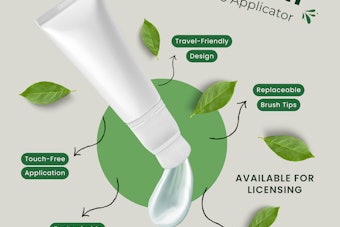
The recycling of rigid plastics—excluding bottles—rose to nearly 1.02 billion pounds in 2012, an increase of 10% over 2011 and triple the amount recycled in 2007 when the industry first began tracking rigid plastics recycling.
The “2012 National Report on Postconsumer Non-Bottle Rigid Plastic Recycling” attributes the 82 million-pound increase to rapid growth in the collection of plastics beyond bottles in municipalities across the U.S.
“Tripling the recycling rate for rigid plastics in just six years is an amazing accomplishment,” Says Steve Alexander, Executive Director of the Association of Postconsumer Plastics Recyclers (APR). “In a short period of time, rigids have become the fastest growing category of plastics recycling, and we’re excited about the future.”
Approximately 57% of the rigid plastics collected was processed in the U.S. and Canada, with the remainder exported, primarily to China. Recycling statistics in 2012 were not affected by China’s “Green Fence” policy, which began in February 2013.
Polypropylene and polyethylene plastics comprise the largest portion (72%) of postconsumer rigid plastics collected in the U.S. with PP constituting 38% of all rigid plastics recycled, and high-density polyethylene constituting 34%. According to the report, PP and PE generally have the highest market value in both domestic and export markets because they are relatively easy to process and have a wide range of manufacturing uses.
“We are thrilled to see this kind of growth in rigid plastics recycling,” says Steve Russell, Vice President of Plastics for the American Chemistry Council (ACC). “The increasing popularity of large bins and access to single-stream collection programs are making it easy for consumers to recycle their used plastics. We look forward to continuing to work with APR and other stakeholders in the ongoing effort to recycle and recover more plastics.”
Primary domestic end uses for recycled rigid plastics include crates, buckets, pipe, auto parts, and lawn and garden products. Consumer products such as cutting boards, food storage containers, and other types of kitchenware are becoming popular end uses, as are toothbrushes and razors. A small portion of recycled rigid plastics is used in composite materials for products such as outdoor lumber, pallets, and railroad ties.
This is the sixth annual report on rigid plastics recycling conducted by Moore Recycling Associates and commissioned by the ACC’s Plastics Division.
The report—and the survey on which it is based—defines non-bottle rigid plastics to include two major categories: containers (packaging and non-packaging) and bulky items. Containers include items such as blister packs, cups, tubs, trays, clamshells, caps, and lids. Bulky rigids include items such as carts, crates, buckets, toys, and lawn furniture.
A separate report, also conducted by Moore Recycling Associates, has determined that over 60% of Americans have local access to a recycling program that collects rigid plastics.
Recycling statistics for plastic bottles and flexible plastic wraps and bags, also known as “film,” are collected through the same survey and each category is reported separately.

























